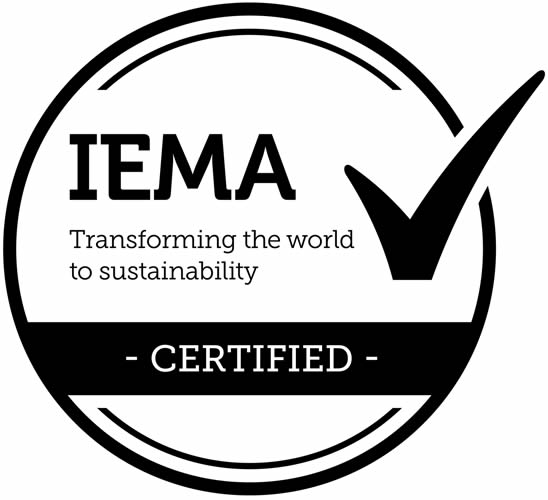The Remarkable Story of Carbon
Dr Gareth Neighbour recently presented a paper related to The Remarkable Story of Carbon at Carbon 2025 (The World Conference on Carbon, St Malo, France). He participated in various sessions, including meetings with fellow editors of the top 1% journal Carbon, discussing potential collaborations with several universities, engaging in discussions on industry-academic partnerships, participating in scientific discussions, and networking. Gareth was a member of the International Advisory Committee for the conference, which rotates between the Americas, Asia, and Europe on a three-year cycle. He has been instrumental in organising the last three conferences in the UK (1996, 2006, and 2022), which attracted internationally-renowned scientists and engineers from all around the globe.
Following the meeting, Gareth was invited to give a talk at Climate Conclave 2025 entitled The Extraordinary Story of Carbon, Energy, and its Contribution Towards Achieving Net Zero. The talk’s abstract was as follows:
Technology has a key part to play in mitigating and tackling climate change. Some technologies have been underappreciated in the role they have played to date. Carbon materials are representative of this observation. The elemental form of carbon has a broad compendium of extraordinary physical, mechanical, and chemical properties, and despite being very abundant and, for many, ‘magical’, it is often ‘taken for granted’. For example, it is core to the adoption of sustainable electric vehicles in the use of novel lightweight and stiff materials, as well as constituting the majority by volume of the batteries used in the form of graphite. One special form of carbon is 'nuclear graphite', whose role has largely been forgotten over the past 80 years. Nuclear graphite is a high-purity material that is used in nuclear reactors for civil energy generation, electricity, as a moderator and structural material. It is made from high-quality carbon-based materials, typically derived from petroleum coke or coal tar pitch, that is purified and processed to remove impurities to enhance its performance in a nuclear environment and consequently, more efficient energy production. The properties of nuclear graphite are unique, with high thermal conductivity, low neutron capture cross-section, and high mechanical strength, which make it an ideal material for the extreme conditions found in nuclear reactors. Nuclear graphite has played a significant role in the journey towards net-zero emissions, and this material has the potential to help us achieve a more sustainable future. This presentation will explore the history of carbon and related technology and demonstrate the complex and compelling history of solid carbon with: (i) interwoven materials science and disruptive technologies have enabled advanced technological development far and wide; and (ii) a common and shared sustainable future.
If you’d like to know more about how materials are used to solve real-world problems then check out our Engineering, Design and Innovation, and Environmental Management courses.





